Customizing Stuffed Animals for Themed Retail and Entertainment Venues
The Strategic Value of Stuffed Animals in Brand Experiences
At a time when digital white noise surrounds us, branded stuffed animals give companies a way to create a physical sensation that can connect the generations. These plush emissaries stand the test of time as prized possessions that deliver sustained visibility beyond fleeting online ads. Compared to your regular promotional merchandise, in addition to appealing to the comfort of nostalgia, incredibly designed mascot toys are also on trend with today's personalization "I want to be heard" consumer mentality – In fact, 62% of buyers over the age of 40 develop a stronger brand loyalty when they receive personalized plush branded products (Retail Psychology Journal, 2023).
For kids, they get the simple power of soft toys that creates positive brand impressions in the subconscious – comfort and play. Growing adult demand for more sophisticated set-ups that also serve as collectible art lends the products photo-ready appeal for sharing on social media. The auteur plush versatility shines across industries, bringing us music venue merch that fuels fan communities, or masks for corporate responsibility mascots to jeté through sustainability initiatives.
This unique blend of emotional resonance and physical permanence positions stuffed animals as strategic tools for:
- Cross-generational reach (34% of plush purchases are by adults without children)
- Storytelling through texture (3D embroidery allows logo integration without compromising cuddle appeal)
- Cost-per-impression efficiency (average 2.3-year retention vs 3-day digital ad recall)
Brands that master plush-based experiences transform marketing into meaningful consumer relationships, with stuffed animals serving as constant, comforting reminders of brand values.
Design Fundamentals for Branded Stuffed Animals
Effective plush toy design bridges brand identity with emotional resonance. Strategic use of materials, proportions, and interactive elements transforms stuffed animals into tangible brand ambassadors that forge lasting connections with audiences.
3D Embroidery Techniques for Logos and Brand Elements
Brand Shop BY Kid Blue Shark Plush Toy Brand shop-by-kid sub* Embossed with embroidered deep-sea life: A plush shark takes on a new dimension + in branding with dimensional embroidery Brand shop-by-kid sub* Dimensional embroidery is soft enough to cuddle + a creative take on branding in plush toys! Raised embroidery techniques using heavy weight rayon or polyester thread allow logos to endure 50+ commercial laundering and remain colorfast (Textile Quality Institute 2023). -On the premium end of the spectrum, metallic foil embroidery can boost logo reflectivity by up to 40% when competing with flat digital prints. Methods to Stabilize Curved Surfaces prevent thread distortion on the curved plush limbs that are so commonly used to preserve the integrity of Corporate Mascots.
Typography and Graphic Integration on Plush Forms
Screen-printed graphics achieve 98% Pantone color accuracy on plush fabrics when using silicone-based inks, outperforming traditional heat-transfer methods. Strategic graphic placement considers ergonomic factors–logos positioned on ears or paws remain visible during hugging interactions. For multi-language branding, modular embroidery panels allow cost-effective localization swaps without redesigning entire plush forms.
Infusing Personality into Mascot Stuffed Animals
Skew (asymmetrical eye between 5 and 7 degrees) and head tilt, between 10 and 15 degrees, allow for increased playfulness in corporate mascots. Modular details like removable branded scarves or hats add even more user customization and brand visibility. Kinetic design elements, like jointed limbs or rotating heads, increase time engaged with the toy in play patterns by 30 percent over standard static plush, especially in children-focused advertising campaigns.
Case Studies: Stuffed Animals Driving Retail Engagement

Corporate Campaigns Featuring Custom Plush Mascots
CMP brands experience 2-3x longer customer dwell in retail than with standard signage *Source: Experiential Marketing Studies A telecommunication operator recently introduced its own branded owl mascot into 200 stores as part of its brand refresh, combining interactive plush displays with QR code enabled loyalty rewards. And this plan translated to a 60% lift in foot traffic quarter over quarter and 18% more social media engagement. When it comes to making emotional connections, custom mascots win, hands down the fight – 72% of consumers remember plush character campaigns compared to just 34% recall of logo-only promotions – proving the power of their storytelling.
Limited Edition Collaborations in Entertainment Venues
Theme parks and sports stadiums leverage scarcity psychology through event-exclusive stuffed animals. A Major League Baseball team sold 15,000 units of a bobblehead-inspired mascot plush during a weekend series, with 41% of buyers purchasing additional merchandise. These collaborations often:
- Sell out within 72 hours through pre-event app alerts
- Command 25-40% price premiums over standard plush lines
- Drive 19% repeat venue visits from collectors
Entertainment venues report that limited-edition plush accounts for 12-18% of total ancillary revenue, with adult collectors (ages 25-44) comprising 63% of buyers. This strategy capitalizes on nostalgia and FOMO (fear of missing out), turning stuffed animals into year-round revenue drivers rather than seasonal novelties.
The Manufacturing Journey for Custom Stuffed Animals
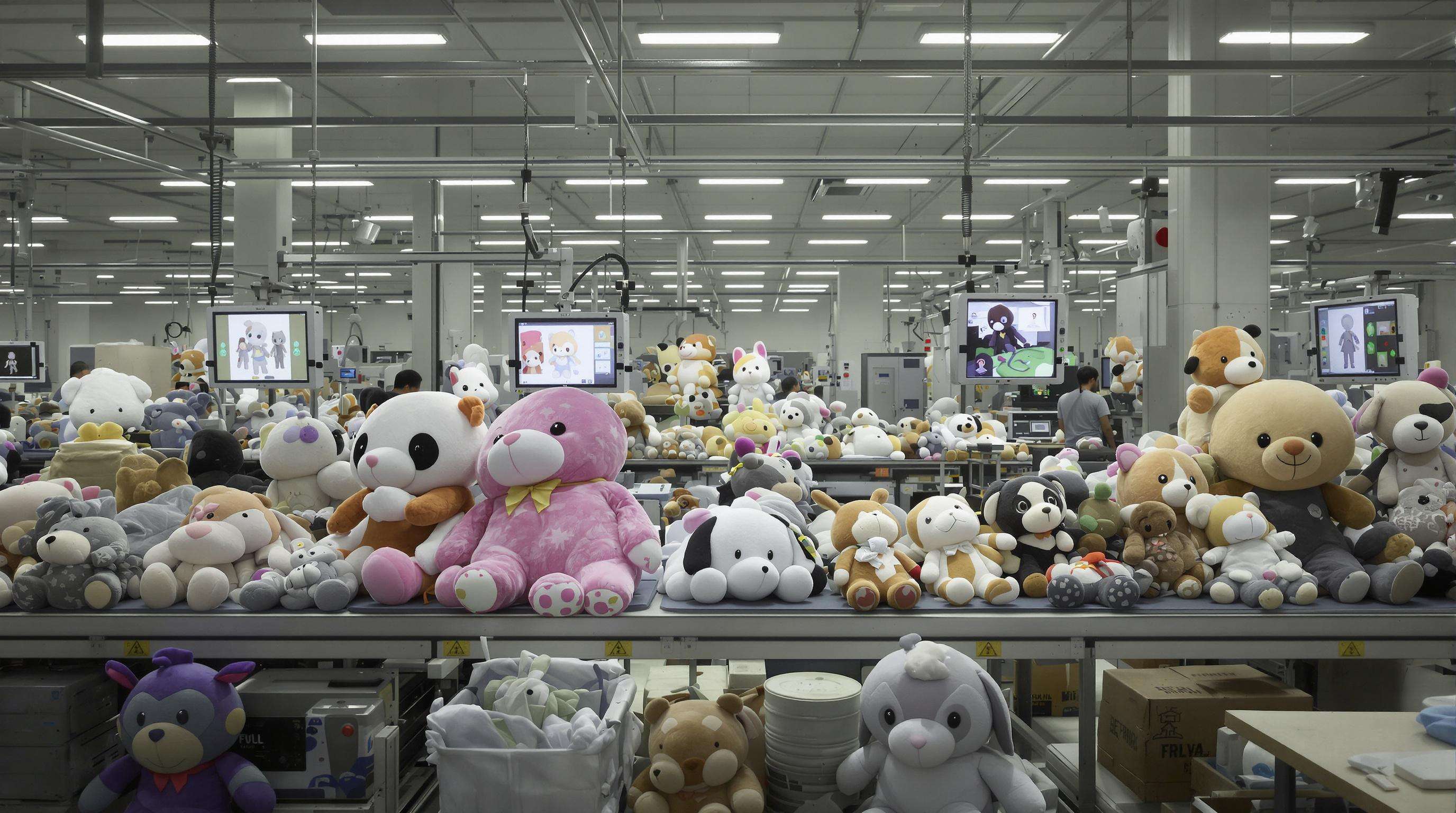
Prototyping and Sampling with Plush Manufacturers
The production journey begins with translating brand assets into 3D plush prototypes using CAD software, a process 58% of manufacturers consider critical for validating proportions and material behavior. Experienced suppliers typically execute 2–3 sampling rounds to:
- Test stitch durability under stress conditions
- Verify color accuracy across fabric types
- Assess safety compliance for detachable parts
Prototyping phases now average 21 days with digital twin technology, reducing material waste by 34% compared to traditional methods (Product Development Journal 2023).
Navigating IP Licensing for Branded Stuffed Animals
Securing intellectual property rights requires meticulous clearance for embroidered logos, character designs, and branded accessories. Legal teams should:
- Verify trademark registrations in all target markets
- Negotiate royalty terms for licensed collaborations
- Implement watermarking in digital design files
A 2024 IP audit revealed 29% of promotional plush projects required last-minute design changes due to unsecured image rights, emphasizing early legal consultation.
Quality Control in Custom Plush Production
Modern manufacturers deploy AI-powered inspection systems to flag stitching irregularities and stuffing inconsistencies with 99.1% accuracy. Key benchmarks include:
- ±0.5% tolerance in plush dimensions
- 30N force resistance for attached components
- Phthalate-free certification for child-safe materials
Post-production, samples undergo accelerated wear testing simulating 12 months of active use, ensuring promotional plush toys maintain brand integrity throughout their lifecycle.
Target Audience Strategies for Promotional Stuffed Animals
Demographic-Specific Plush Design Considerations
Contemporary brands who cater to audience segments can earn 43% more engagement when producing personalized plushies for promotion. For kids, and add some safety features, such as embroidered eyes and reinforced seams, as well as licensed cartoon characters to enhance identification. Also, adults are more inclined toward minimalist, therapeutic, high-quality plush toys, which make up to 40% of the market for specialty plush (Market Pulse 2024). Now teenagers are all about collecting limited-edition mascots tied to gaming or streaming fandoms, a market that claims more than $2 billion annually.
Personalization Trends Across Age Groups
Recent retail customer surveys indicate 72% of consumers prefer plush with customization opportunities. Little kids like embroidered name tags and personalized color accessories but parents are strange, wanting nostalgic recreations of their own childhood toys or replicas of people's pets. And plush toys combined with interactive features like QR code-connected content or modular outfits retain 58% better among Gen Z. Cross-generational giving is unlocked with tailored messaging, brands who do this had 31% larger basket sizes when presenting collectively plush gifts personalised with an engraved birthday / anniversary date.
Innovative Integration of Stuffed Animals in Venue Marketing
Places are rethinking branded plush animals as tactile moments of engagement that mix physical investment and emotion. In today's world, themed-restaurants, sports arenas and entertainment complexes across the globe are now featuring custom plush mascots as photo-op buddies, scavenger hunt prizes and even AR game characters. This is in keeping with the 2025 eatertainment trend, which sees immersive story-telling and physical mementos lead to an increase in dwell time of 23% vs standard promotions.
Forward-thinking venues also cooperate with plush designers on limited-edition characters based on seasonal events or loyalty programs. In 2024 a study from community-driven marketing strategies revealed that venues that provided a plush customization booth saw 41% more shares on social media. Newer integrations feature stuffed animals with RFID chips that support cashless payments and plushies that unlock venue-specific digital content via NFC chips, blending nostalgia with state-of-the-art guest interaction.
FAQ
Why are branded stuffed animals considered valuable for marketing?
Branded stuffed animals create a lasting physical connection with consumers, offer nostalgic appeal, and are highly customizable, leading to increased brand loyalty and cross-generational reach.
How do stuffed animals enhance brand storytelling?
Through techniques like 3D embroidery and strategic graphic placement, stuffed animals can seamlessly integrate brand elements without losing their charm, allowing for a deeper emotional connection with consumers.
What is the impact of limited edition plush toys in entertainment venues?
Limited edition plush toys leverage nostalgia and scarcity to drive sales and repeat visits, becoming significant revenue drivers for venues and appealing to both adult collectors and family audiences.
What are the most important considerations in manufacturing custom stuffed animals?
Manufacturing considerations include accurate prototyping, securing intellectual property rights, and maintaining high levels of quality control to ensure durability and safety.
What trends are impacting the design of promotional stuffed animals across different age groups?
Design trends focus on personalization, incorporating safety features for kids, minimalist designs for adults, and collectible themes for teenagers, all enhancing audience engagement.
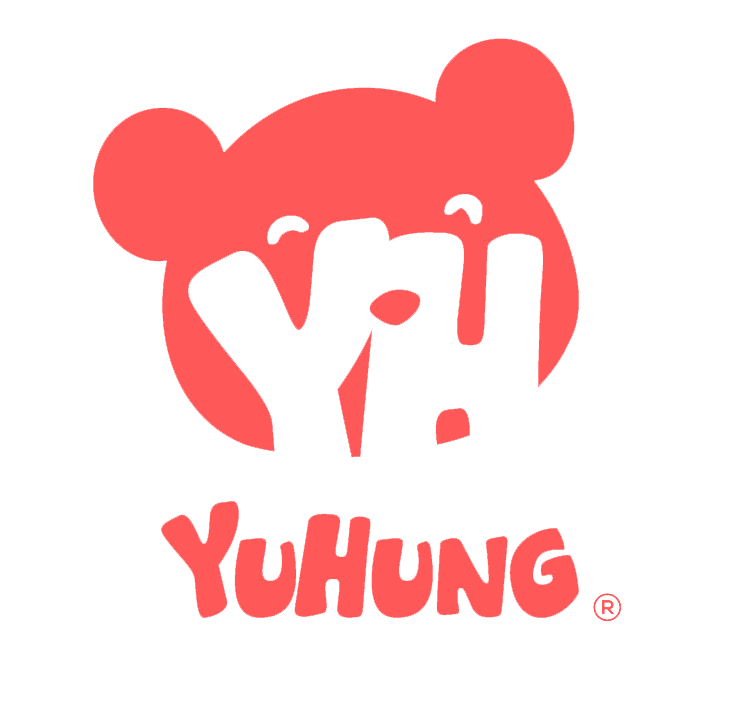
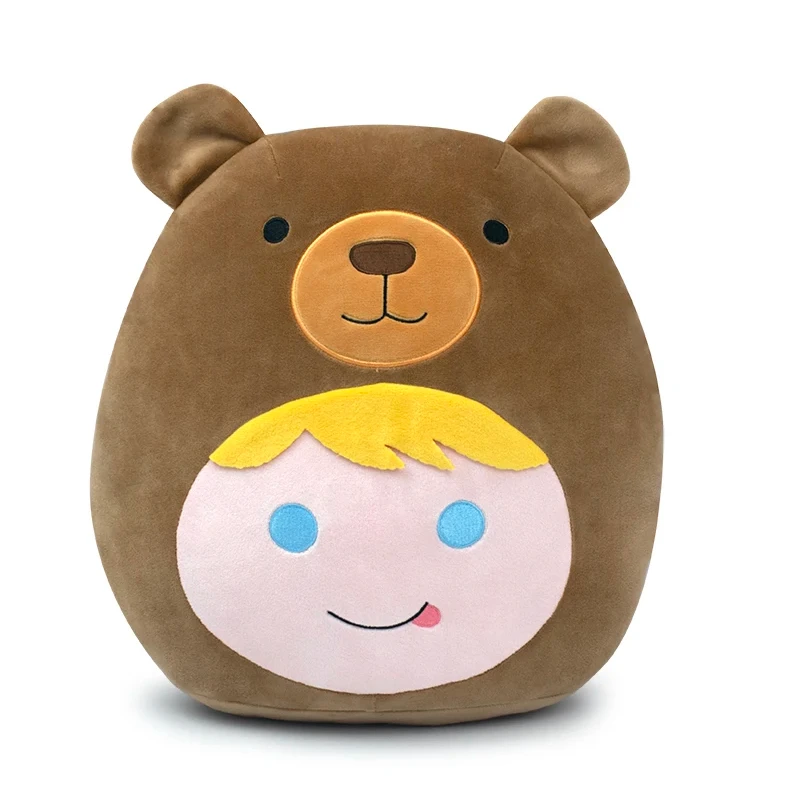
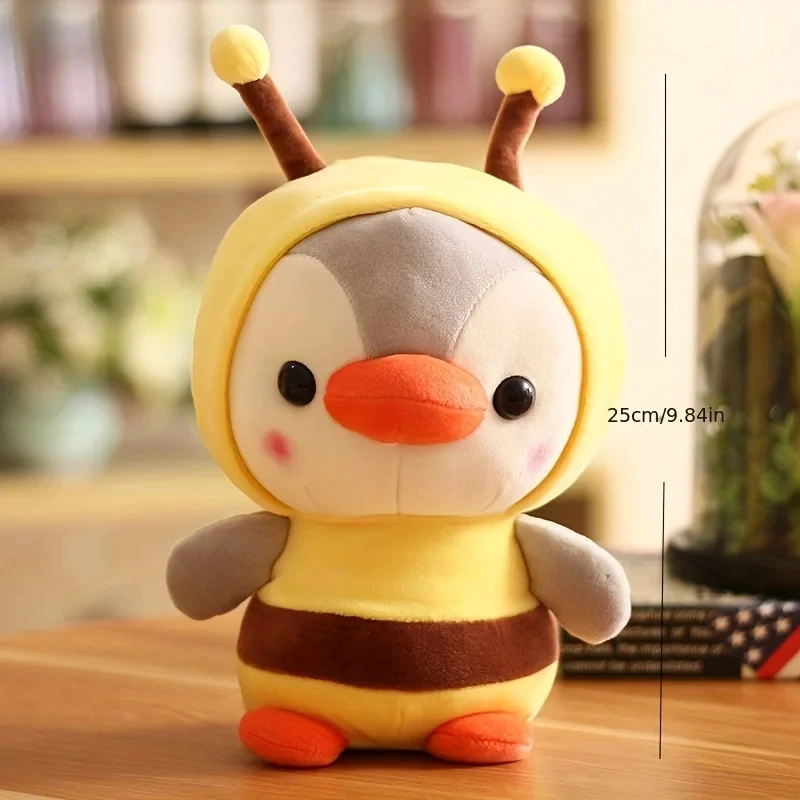
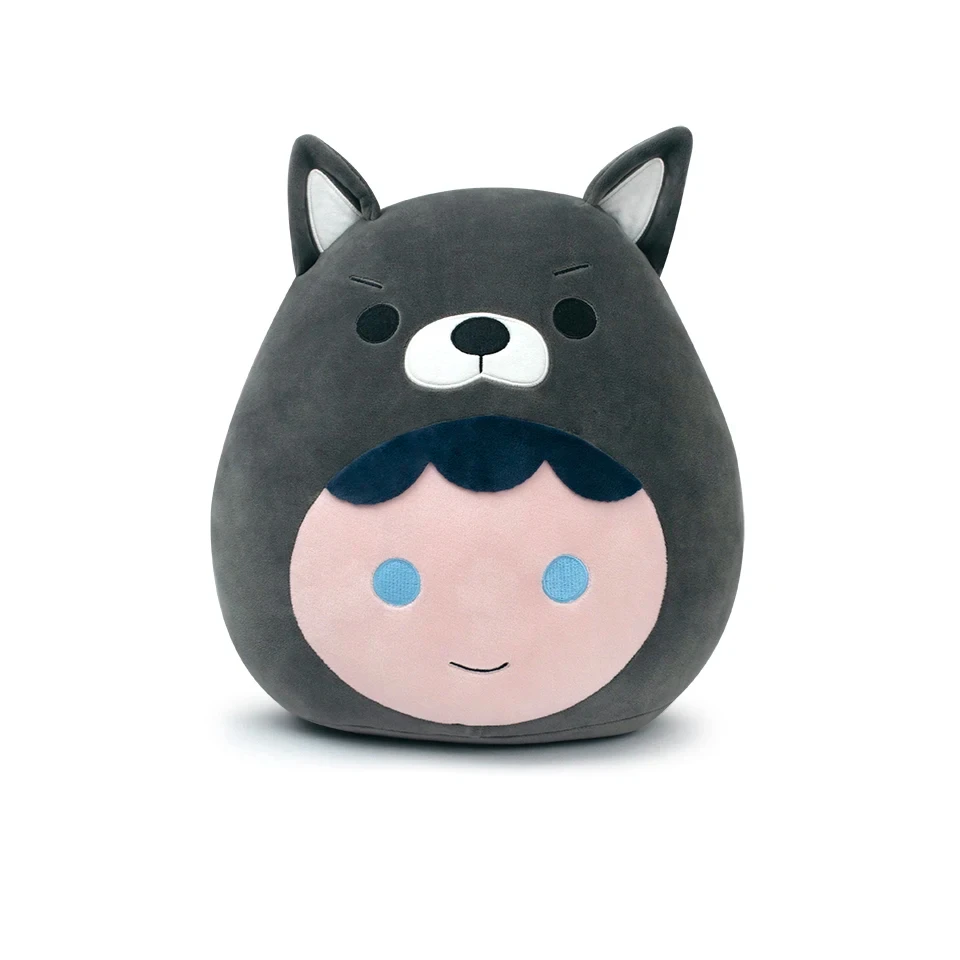
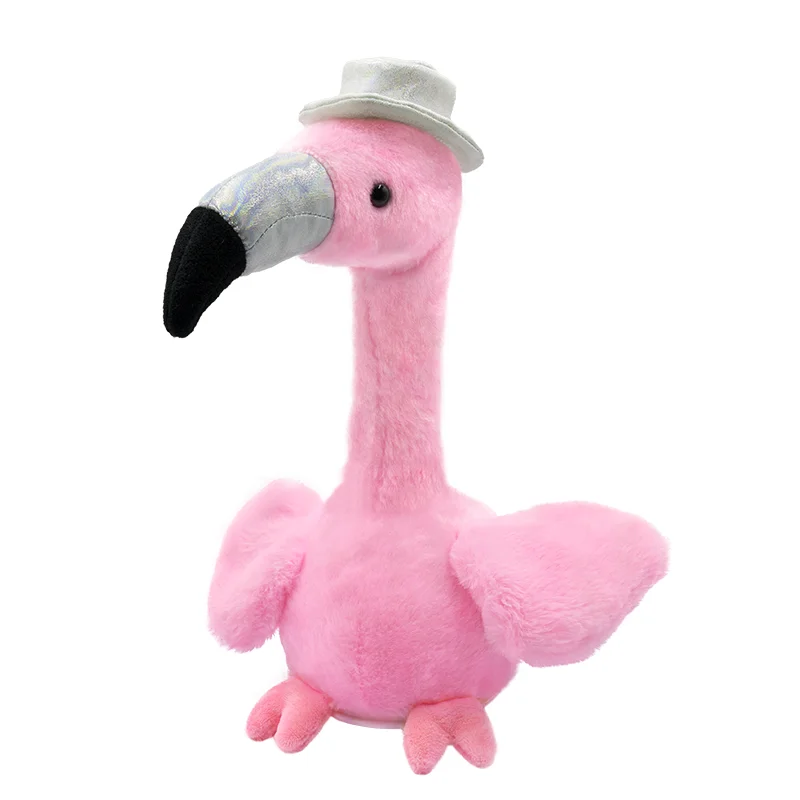
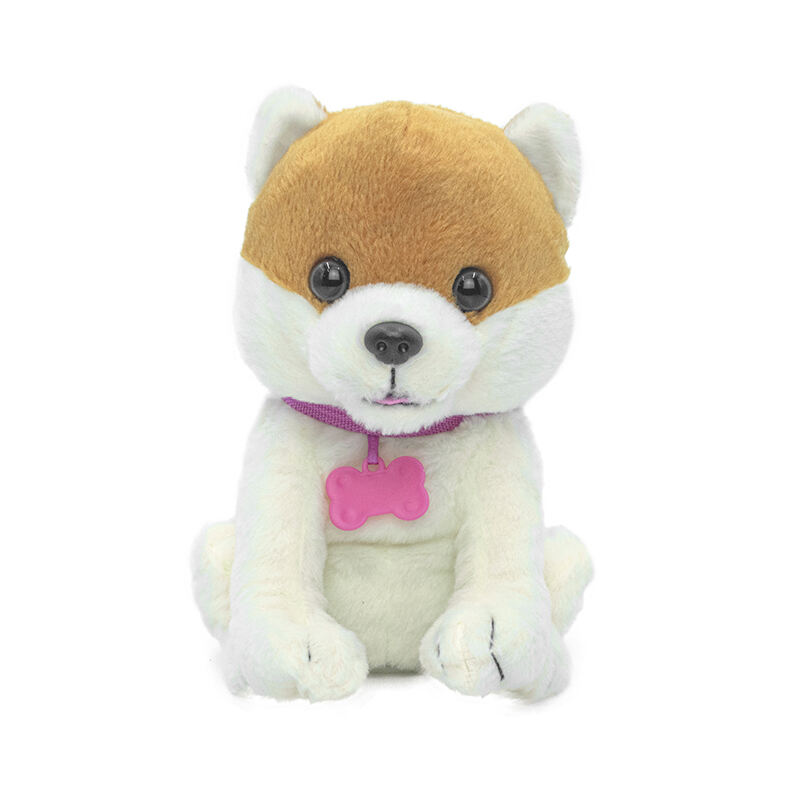
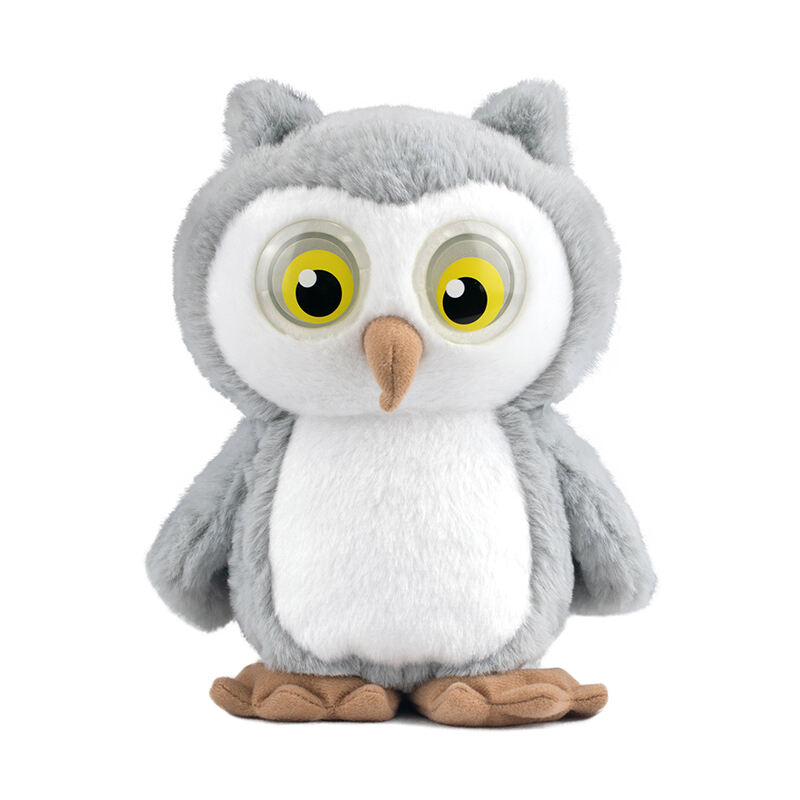
 Hot News
Hot News